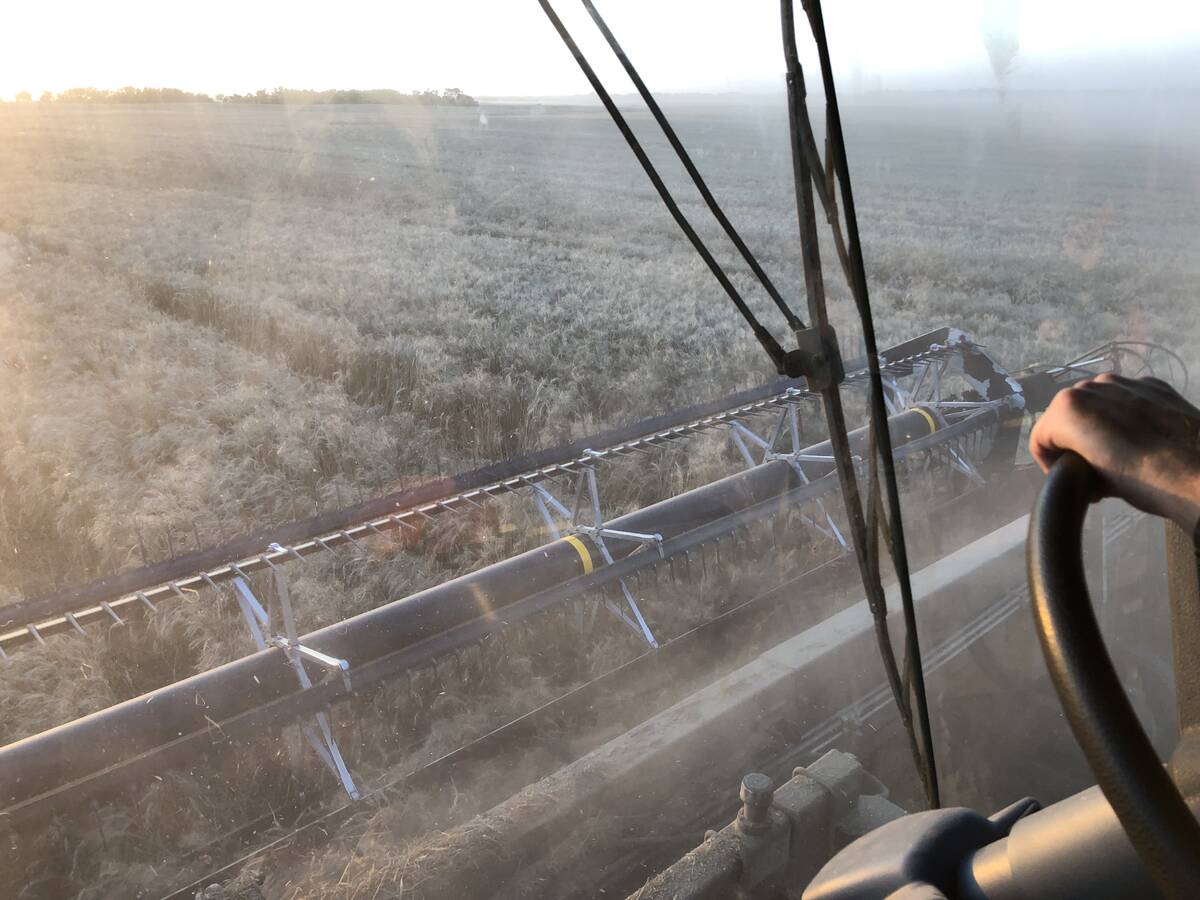OTTAWA – This year’s booming grain prices, so welcome on the Prairies, could spell disaster for tens of millions of the world’s most vulnerable people, the United Nations food agency warns.
Declining world food stocks and rising prices are posing a growing threat to the world’s poorest and hungriest nations, says the Food and Agricultural Organization.
Coupled with a reduced commitment to food aid from rich countries, it spells potential disaster for millions.
“This is a double blow for low income food-deficit countries and increases the probability of suffering related to under-consumption of food,” said an FAO food outlook report. “Africa will continue to bear the brunt of the hardship.”
Read Also

Mail strike disrupts grain sample delivery
The Canadian Grain Commission has asked farmers to consider delivering harvest samples directly to CGC offices, services centres or approved drop offs as Canada Post strike delays mail.
The Rome-based agency estimated that already, 36 million people face “severe” food shortages. That number is expected to soar.
It called on food-producing nations to do what they can to increase next year’s harvest by at least 80 million tonnes, merely to keep supplies at their current low levels.
“To replenish stocks to minimum safe levels, an additional three to four percent increase in production would be required,” said the FAO report. That would mean world production of close to 160 million tonnes more than is now forecast for 1996.
The way the United Nations agency sees it, the sunny trends that have given Prairie grain farmers the highest prices in more than a decade represent only black clouds for those countries short of food.
Lower than expected 1995 grain production will shrink cereal carryovers 14 percent to 262 million tonnes, meaning there will be less grain available for imports by the poor nations.
It also means world supplies next year could be as low as 14 percent of year-long demand, “three to four percent below minimum safe levels.”
Tighter supplies have driven up the price and that translates into less purchasing power and more debt for already indebted nations.
The FAO estimated it could cost at least $3.1 billion for the poorest countries to import needed grain this year, 20 percent more than last year.
“The increased cost will worsen their balance of payments difficulties and lead to increased foreign borrowings and a greater international debt burden.”
It also makes a good 1996 crop imperative if massive world hunger is to be avoided, says the FAO.
















